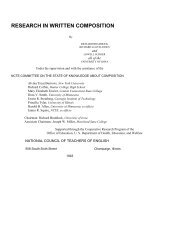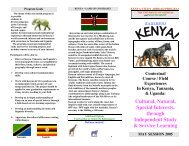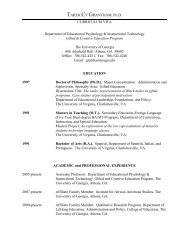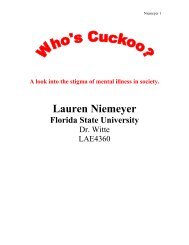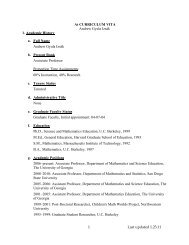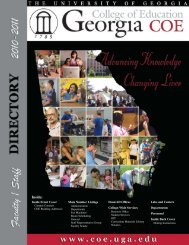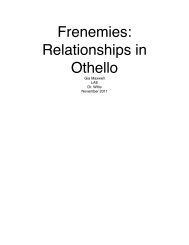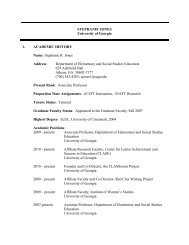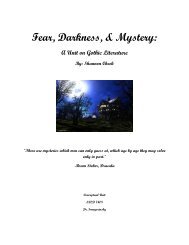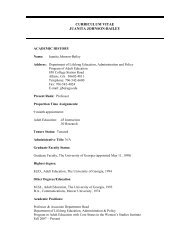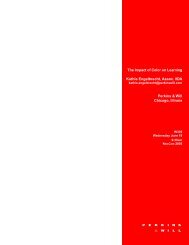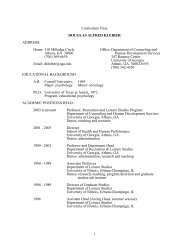Identity: Who Am I? by Katie Baker
Identity: Who Am I? by Katie Baker
Identity: Who Am I? by Katie Baker
You also want an ePaper? Increase the reach of your titles
YUMPU automatically turns print PDFs into web optimized ePapers that Google loves.
<strong>Identity</strong>- <strong>Who</strong> <strong>Am</strong> I? 10<br />
LA.1112.1.6.2: The student will listen to, read, and discuss familiar and conceptually challenging<br />
text<br />
LA.1112.1.6.3: The student will use context clues to determine meanings of unfamiliar words<br />
LA.1112.1.7.3: The student will determine the main idea or essential message in grade-level or<br />
higher texts through inferring, paraphrasing, summarizing, and identifying relevant details and<br />
facts<br />
LA.1112.1.7.6: The student will analyze and evaluate similar themes or topics <strong>by</strong> different<br />
authors across a variety of fiction and nonfiction selections<br />
LA.1112.1.7.7: The student will compare and contrast elements in multiple texts<br />
LA.1112.1.7.8: The student will use strategies to repair comprehension of grade-appropriate text<br />
when self-monitoring indicates confusion, including but not limited to rereading, checking<br />
context clues, predicting, note-making, summarizing, using graphic and semantic organizers,<br />
questioning, and clarifying <strong>by</strong> checking other sources<br />
LA.1112.2.1.4: The student will analyze the way in which the theme or meaning of a selection<br />
represents a view or comment on life, providing textual evidence for the identified theme<br />
LA.1112.2.1.5: The student will analyze and discuss characteristics of subgenres (e.g., satire,<br />
parody, allegory) that overlap or cut across the lines of genre classifications such as poetry,<br />
novel, drama, short story, essay or editorial<br />
LA.1112.2.1.7: The student will analyze, interpret, and evaluate an author's use of descriptive<br />
language (e.g., tone, irony, mood, imagery, pun, alliteration, onomatopoeia, allusion), figurative<br />
language (e.g., symbolism, metaphor, personification, hyperbole), common idioms, and<br />
mythological and literary allusions, and explain how they impact meaning in a variety of texts<br />
with an emphasis on how they evoke reader's emotions<br />
LA.1112.2.1.9: The student will describe changes in the English language over time, and support<br />
these descriptions with examples from literary texts<br />
LA.1112.2.1.10: The student will select a variety of age and ability appropriate fiction materials<br />
to read based on knowledge of authors styles, themes, and genres to expand the core foundation<br />
of knowledge necessary to connect topics and function as a fully literate member of a shared<br />
culture<br />
LA.1112.2.2.2: The student will use information from the text to answer questions or to state the<br />
main idea or provide relevant details<br />
LA.1112.3.1.1: The student will prewrite <strong>by</strong> generating ideas from multiple sources (e.g.,<br />
brainstorming, notes, journals, discussion, research materials or other reliable sources) based<br />
upon teacher-directed topics and personal interests



